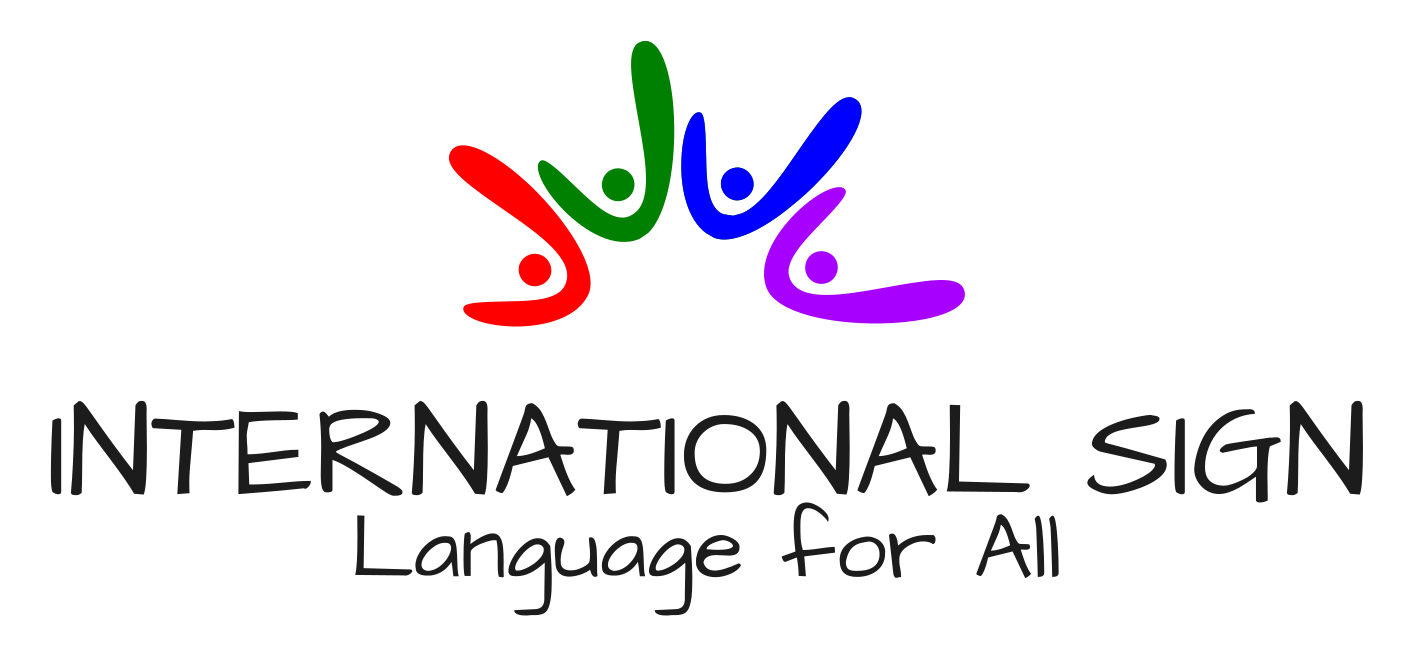Deaf-led theatre is a vibrant and powerful form of expression that brings together culture, language, and performance. Around the world, Deaf theatre companies and performers are breaking barriers, promoting Sign Language, and redefining what it means to tell stories on stage. Through the use of visual storytelling, movement, and Sign Language—often including International Sign—these productions challenge norms and inspire audiences across cultures.
Elevating Deaf Voices Through Theatre
Deaf-led theatre is not simply theatre performed by Deaf actors—it is a space where Deaf culture and Sign Language are at the heart of the creative process. Companies such as Deaf West Theatre (USA), Graeae Theatre (UK), and Teatteri Totti (Finland) produce performances that center Deaf experiences and use Sign Language as a core artistic element.
These productions offer authentic representation and provide Deaf audiences with a fully accessible cultural experience. They also educate hearing audiences about the richness of Sign Language and the creativity of Deaf performers.
The Role of Sign Language in Performance
Sign Language in theatre is more than a communication tool—it is a visual language that enhances storytelling. Gestures, facial expressions, and spatial awareness combine to deliver performances that are dynamic and deeply expressive.
Some performances are bilingual, featuring both Sign Language and spoken language, while others are entirely in Sign Language. Many international productions include International Sign, allowing diverse Deaf communities to engage with the content and connect with the performers.
Empowering Deaf Artists and Communities
Deaf-led theatre plays a crucial role in developing the artistic skills and leadership of Deaf individuals. It creates opportunities for Deaf actors, directors, writers, and designers to shape the narrative and control the creative process.
Workshops and training programs organized by Deaf theatre groups also empower young Deaf people to explore careers in the arts. These programs foster creativity, confidence, and cultural pride while building community connections.
Global Recognition and Collaboration
In recent years, Deaf theatre has gained more visibility on the global stage. International festivals, collaborations between Deaf and hearing artists, and increasing media coverage have helped showcase the talent and innovation of Deaf performers.
Productions such as Spring Awakening by Deaf West Theatre and Signs of an Affair by Deafinitely Theatre have received critical acclaim, highlighting the potential of Deaf-led work to captivate mainstream audiences.
Looking Ahead
Deaf-led theatre is more than entertainment—it is a cultural movement that promotes inclusion, celebrates Sign Language, and amplifies Deaf voices. As more Deaf artists take the stage and more audiences embrace accessible art, the future of Deaf performance looks brighter than ever.
